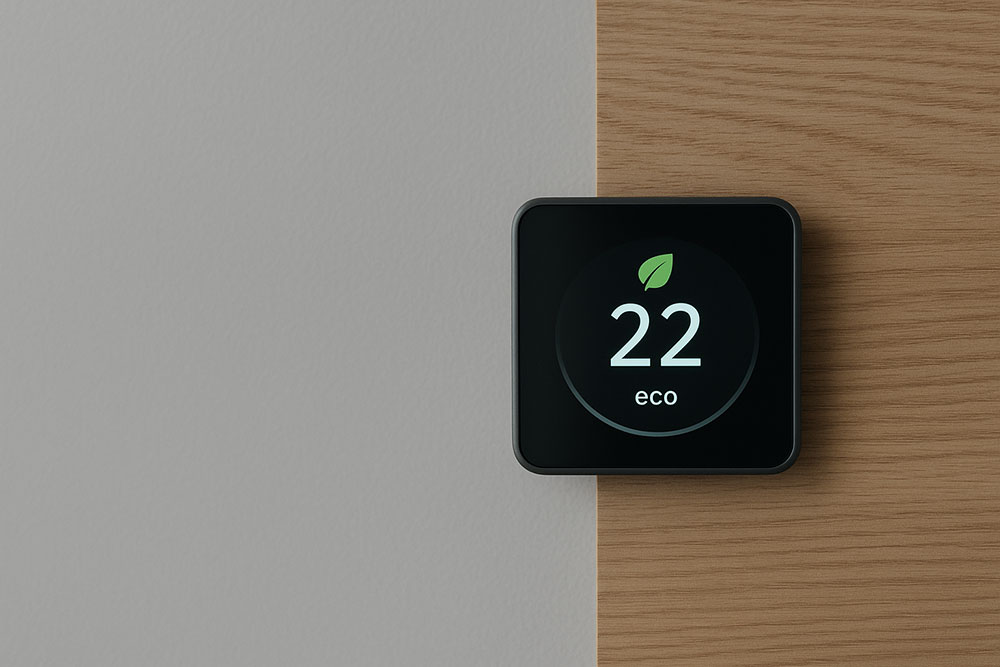Smart & Sustainable: How Green and Tech Features are Driving Hotel Valuations

The integration of smart and sustainable technologies in the hospitality industry is reshaping how hotels operate and are valued. By adopting green initiatives and advanced tech solutions, hotels can enhance their market appeal and increase their property valuations. Discover how these innovations are transforming the hospitality landscape.
As the hospitality industry evolves, the focus on sustainability and smart technology integration becomes increasingly important. Hotels are leveraging these advancements to not only improve operational efficiency but also to enhance their property valuations. The use of booking software from Mews exemplifies how technology can be seamlessly integrated to support sustainable practices and drive hotel valuations. For property investors, understanding the impact of these features is crucial for making informed investment decisions.
Green initiatives enhancing hotel appeal
Green initiatives are playing a pivotal role in enhancing the appeal and valuation of hospitality properties. By implementing energy-efficient systems such as solar panels and water-saving fixtures, hotels can significantly reduce their environmental footprint. These sustainable practices not only attract eco-conscious travelers but also contribute to long-term cost savings, making properties more attractive to investors.
Moreover, the adoption of green certifications, such as LEED or BREEAM, can further boost a hotel's marketability. These certifications serve as a testament to a property's commitment to sustainability, often leading to increased occupancy rates and higher guest satisfaction. As the demand for environmentally responsible accommodations grows, hotels that prioritize green initiatives are likely to see a positive impact on their valuations.
Smart technology driving operational efficiency
Smart technology is revolutionizing hotel operations by enhancing efficiency and guest experiences. Automated systems, such as smart thermostats and occupancy sensors, enable hotels to optimize energy usage based on real-time demand, reducing waste and lowering utility costs. These innovations not only support sustainability goals but also improve the bottom line, contributing to higher property valuations.
Additionally, smart technology enhances guest experiences through features like automated check-ins and digital room keys. These conveniences streamline the guest journey, leading to increased satisfaction and loyalty. As hotels adopt more smart solutions, they position themselves as modern, tech-savvy establishments, which can positively influence their market value.
The role of integrated systems in boosting valuations
The integration of advanced systems, including booking software, plays a crucial role in boosting hotel valuations. By connecting various operational platforms, hotels can streamline processes such as reservations, billing, and housekeeping management. This interconnected approach reduces administrative burdens and minimizes errors, ensuring smooth operations and enhancing guest satisfaction.
Integrated systems also provide valuable data insights that support strategic decision-making. By analyzing metrics like occupancy rates and guest preferences, hotel managers can make informed choices that align with business objectives and enhance property performance. This level of operational excellence is attractive to investors, as it demonstrates a property's potential for sustained success and increased valuation.
The impact of smart and sustainable features
Real-world examples illustrate the significant impact of smart and sustainable features on hotel valuations. Properties that have embraced these innovations report improved operational performance and guest satisfaction. For instance, hotels utilizing smart energy management systems have seen substantial reductions in utility costs, directly contributing to improved profit margins.
Similarly, establishments with green certifications often experience increased demand from eco-conscious travelers, leading to higher occupancy rates and revenue. These factors collectively enhance a property's market appeal and valuation. By prioritizing smart and sustainable solutions, hotels can position themselves favorably within competitive markets, attracting discerning investors and boosting their overall value.



